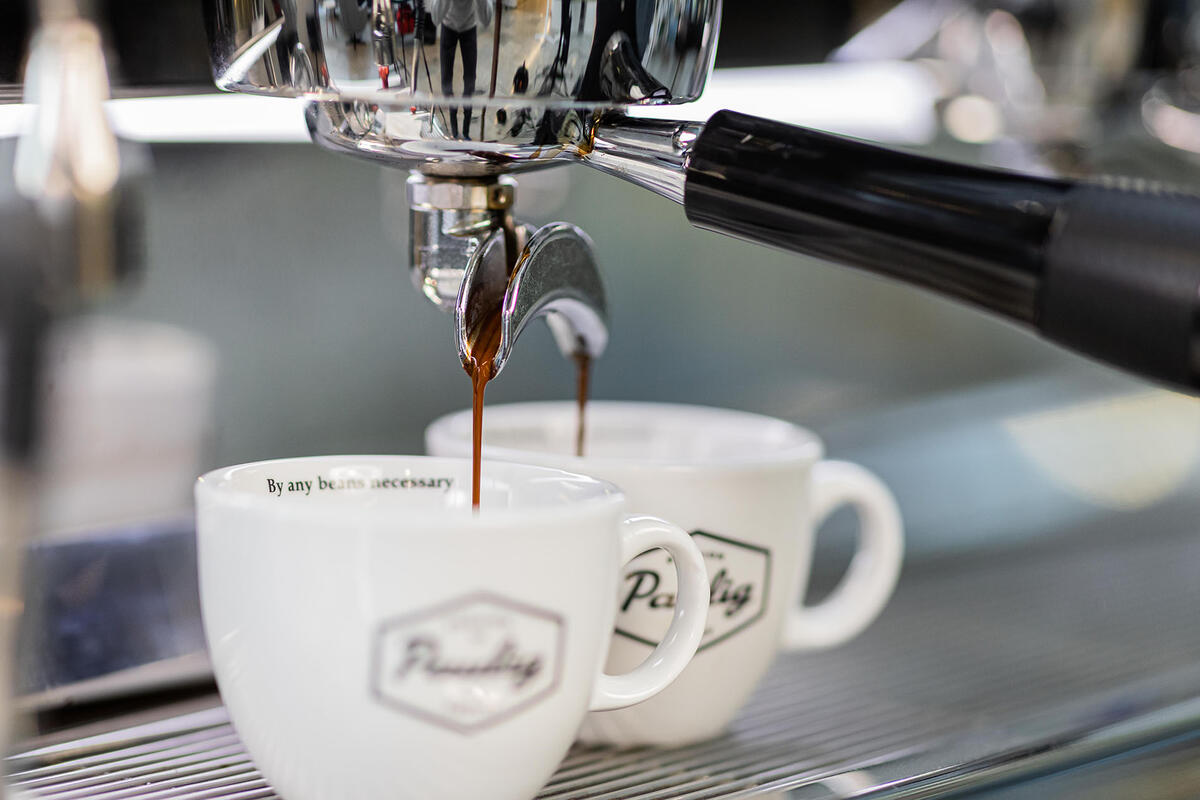

Articles
How To Make Espresso In Coffee Machine
Modified: January 6, 2024
Learn how to make espresso in a coffee machine with these informative articles. Master the art of brewing espresso at home and enjoy your favorite cup of joe.
(Many of the links in this article redirect to a specific reviewed product. Your purchase of these products through affiliate links helps to generate commission for Storables.com, at no extra cost. Learn more)
Introduction
For coffee lovers, there’s nothing quite like the rich and bold flavor of a perfectly brewed espresso. Whether you’re a morning enthusiast needing a jumpstart or you simply enjoy the ritual of coffee preparation, mastering the art of making espresso in a coffee machine is a skill worth acquiring.
In this article, we will guide you through the steps to make espresso using a coffee machine. We’ll cover everything from choosing the right coffee beans to pulling the perfect shot and frothing milk for that luxurious latte or cappuccino. So, let’s dive in and unlock the secrets to brewing a delicious espresso in the comfort of your own home.
Key Takeaways:
- Master the art of making espresso at home by choosing the right coffee beans, grinding them to perfection, and mastering the tamping and brewing process for a delicious and aromatic cup of espresso.
- Elevate your espresso experience by frothing milk like a pro, pouring and serving your espresso-based beverages with style, and experimenting with different coffee beans and milk variations to create your perfect homemade espresso creation.
Read more: How To Make Coffee In An Espresso Machine
Choosing the Right Coffee Beans
When it comes to making a great espresso, the quality of your coffee beans plays a crucial role. The flavor, aroma, and overall taste of your espresso will largely depend on the beans you choose. Here are some factors to consider when selecting the perfect coffee beans for your espresso:
- Roast Level: For espresso, it’s best to opt for medium to dark roast beans. These roasts bring out the bold and rich flavors that are characteristic of a good espresso.
- Origin: Different regions around the world produce coffee beans with varying flavor profiles. You can choose beans from single origins like Colombia, Ethiopia, or Brazil, or go for a blend that combines beans from different regions for a unique taste.
- Freshness: Freshly roasted beans are essential for a flavorful espresso. Look for beans with a roast date within the past few weeks and avoid pre-ground coffee, as it tends to lose its freshness faster.
- Bean Type: Arabica and Robusta are the two main types of coffee beans. Arabica beans are known for their superior quality, vibrant acidity, and complex flavor, while Robusta beans have a stronger and more bitter taste. A blend of both can provide a balanced and full-bodied espresso.
Remember, experimenting with different beans is part of the fun, so don’t be afraid to try new flavors and discover your personal preferences.
Grinding the Coffee Beans
Once you have selected your preferred coffee beans, the next step is to grind them to the right consistency. Achieving the optimal grind size is essential for extracting the flavors and aromas properly. Here’s how to grind your coffee beans for the perfect espresso:
- Invest in a good quality burr grinder: Blade grinders may not provide a consistent grind, so it’s best to opt for a burr grinder that allows you to adjust the grind size.
- Dial in the right grind size: For espresso, you’ll need a fine grind. Ideally, the coffee grounds should have a texture similar to sugar or fine sand.
- Grind the beans just before brewing: To preserve the freshness and flavors, it’s recommended to grind the beans just before you’re ready to brew. This ensures that the coffee grounds don’t lose their aroma and essential oils.
Remember, the grind size will depend on the type of coffee machine you’re using. Experiment with different settings to find the perfect grind size that extracts the flavors without over or under-extraction.
Keep in mind that a uniform grind size is crucial for even extraction, so make sure to shake the grinder gently to ensure consistency in particle size.
Now that you have your freshly ground coffee beans, it’s time to prepare your espresso machine for brewing.
Preparing the Espresso Machine
Before you start brewing your espresso, it’s important to properly prepare your espresso machine. Here are the steps to follow:
- Start by ensuring that your espresso machine is clean. Any residue or leftover coffee grounds can affect the flavor of your espresso, so make sure to clean all the parts and accessories thoroughly.
- Fill the water reservoir: Check the water level in your espresso machine and fill it with fresh, filtered water. The quality of the water can impact the taste of your espresso, so using filtered water is recommended.
- Preheat the machine: Some espresso machines have a preheat function, which helps to stabilize the temperature and ensure that the machine is ready for brewing. Follow the manufacturer’s instructions to preheat your machine, if necessary.
- Warm the cups: To keep your espresso at the ideal temperature, warm the cups by rinsing them with hot water. This will prevent your espresso from cooling down too quickly when it’s poured into the cups.
- Check the portafilter: Ensure that the portafilter is clean and dry. It should fit securely into the espresso machine without any leaks. If your machine has a double spout, you can choose to use a double shot basket or a single shot basket depending on your preference.
By properly preparing your espresso machine, you’ll create the optimal conditions for brewing a delicious cup of espresso. Now, let’s move on to the next step—tamping the coffee grounds.
When making espresso in a coffee machine, always use freshly ground coffee beans for the best flavor. Grind the beans to a fine consistency and tamp them down firmly in the portafilter to ensure proper extraction.
Tamping the Coffee Grounds
Tamping is a critical step in the espresso-making process. It involves firmly packing the coffee grounds into the portafilter to ensure even extraction and prevent channeling. Here’s how to properly tamp your coffee grounds:
- Fill the portafilter evenly: Distribute the coffee grounds evenly in the portafilter basket. Avoid overfilling or underfilling the basket, as this can affect the extraction process.
- Hold the tamper correctly: Place the tamper on top of the coffee grounds, holding it parallel to the ground. Your wrist should be straight, and your arm should be at a 90-degree angle.
- Apply pressure: Using your forearm and upper body, apply firm and even pressure to the tamper. The aim is to achieve a level and consistent tamp.
- Polish the surface: Give the coffee grounds a gentle twist with the tamper to create a smooth and polished surface. This helps to ensure an even distribution of water during the extraction process.
- Clean the rim: After tamping, clean any coffee grounds or residue from the rim of the portafilter to ensure a proper seal and prevent any leaks.
Remember, consistent tamping pressure is important to maintain an even flow of water through the coffee grounds. Practice and experimentation will help you perfect your tamping technique over time.
Now that you’ve successfully tamped the coffee grounds, it’s time to move on to brewing the espresso!
Brewing the Espresso
Now comes the exciting part—brewing the espresso! Follow these steps to ensure a perfect extraction and a delicious cup of espresso:
- Insert the portafilter: Secure the portafilter into the espresso machine and lock it in place. Make sure it fits snugly without any gaps or leaks.
- Start the extraction: Depending on your espresso machine, you may have programmable buttons or a manual control to initiate the brewing process. Aim for a shot time of around 25-30 seconds for a standard 1-ounce shot. Adjust the grind size or tamp pressure if necessary to achieve the desired extraction time.
- Monitor the extraction: Keep an eye on the espresso as it is being brewed. The liquid should flow evenly and consistently in a steady stream. If the extraction is too fast and the espresso appears weak and watery, adjust the grind size finer. If the extraction is too slow and the espresso looks dark and bitter, adjust the grind size coarser.
- Observe the crema: The crema is the golden layer of foam that forms on top of the espresso shot. A rich and thick crema is a sign of a well-extracted espresso. It should have a caramel-like color and linger on the surface for several seconds.
- Collect the espresso: Once the desired amount of espresso has been extracted, remove the cup and stop the brewing process. Be careful not to overextract and extract more liquid than intended.
With practice, you’ll be able to adjust the variables such as grind size, tamping pressure, and shot time to create the perfect espresso that suits your taste preferences.
Now, let’s move on to the final step—frothing milk to accompany your espresso and create delicious cappuccinos and lattes.
Frothing Milk
One of the joys of espresso is the ability to create creamy and frothy milk to complement your shots. Here’s how to froth milk for lattes, cappuccinos, and other espresso-based drinks:
- Choose the right milk: Whole milk is commonly used for frothing as it produces the creamiest and most stable foam. However, you can also use alternative milk options like soy, almond, or oat milk. Keep in mind that different milk types may produce different frothing results.
- Pour the milk: Fill your milk pitcher with the desired amount of milk, ensuring not to overfill as the milk will expand during the frothing process.
- Position the steam wand: Place the steam wand just below the surface of the milk, tilting the pitcher slightly to create a swirling motion as the steam is introduced.
- Purge and steam: Before frothing, purge the steam wand by turning it on briefly to release any condensation. Then, turn on the steam wand and gradually lower the pitcher until you hear a hissing sound and notice the milk swirling and foaming.
- Froth the milk: Move the steam wand up and down to ensure even heating and frothing. Aim for a silky and smooth microfoam texture, with small bubbles and a glossy appearance.
- Monitor the temperature: Pay attention to the temperature of the milk using a thermometer. For lattes, aim for a temperature between 140°F to 160°F, while cappuccinos are best served around 130°F.
- Clean and purge: Once you’ve achieved the desired milk texture and temperature, turn off the steam wand and wipe it clean. Purge it briefly to release any remaining steam.
Remember, frothing milk takes practice, so don’t be discouraged if it doesn’t turn out perfect on your first attempt. With time and experience, you’ll be able to achieve that velvety milk texture for your espresso-based beverages.
Now, it’s time to pour and serve your perfectly brewed espresso!
Pouring and Serving the Espresso
Now that you have your beautifully brewed espresso and frothed milk, it’s time to pour and serve your espresso-based beverages. Follow these steps to create the perfect presentation:
- Choose the right cup: Select a cup that is appropriate for your drink. For a single shot of espresso, use a small espresso cup, while cappuccinos and lattes are typically served in larger cups.
- Hold the cup: Hold the cup at an angle, tilted slightly away from you. This allows you to control the pour and create latte art if desired.
- Pour the espresso: Start pouring the espresso into the cup in a slow and steady stream. Aim to pour in the center of the cup, allowing the crema to spread and develop on the surface.
- Add the milk: If you’re making a latte or a cappuccino, gently pour the frothed milk into the cup, using a spoon to hold back the foam and creating layers of milk and foam.
- Create latte art (optional): If you’re feeling adventurous, you can experiment with creating latte art by gently manipulating the milk and creating designs on the surface of the drink using a milk frothing pitcher or a latte art pen.
- Garnish and serve: Add any desired garnishes such as chocolate powder, cinnamon, or a sprinkle of nutmeg to enhance the visual appeal of your drink. Serve your espresso-based beverage immediately to enjoy it at its best.
Remember, pouring and serving the espresso is not only about taste but also about aesthetics. Take your time, be mindful of the presentation, and enjoy the sensory experience of savoring your freshly brewed espresso creation.
With these steps, you’re well on your way to becoming a barista in your own home. Experiment with different coffee beans, techniques, and milk variations to find your favorite espresso-based drinks. So, grab your coffee machine, get brewing, and savor the delightful flavors of a homemade espresso!
Frequently Asked Questions about How To Make Espresso In Coffee Machine
Was this page helpful?
At Storables.com, we guarantee accurate and reliable information. Our content, validated by Expert Board Contributors, is crafted following stringent Editorial Policies. We're committed to providing you with well-researched, expert-backed insights for all your informational needs.
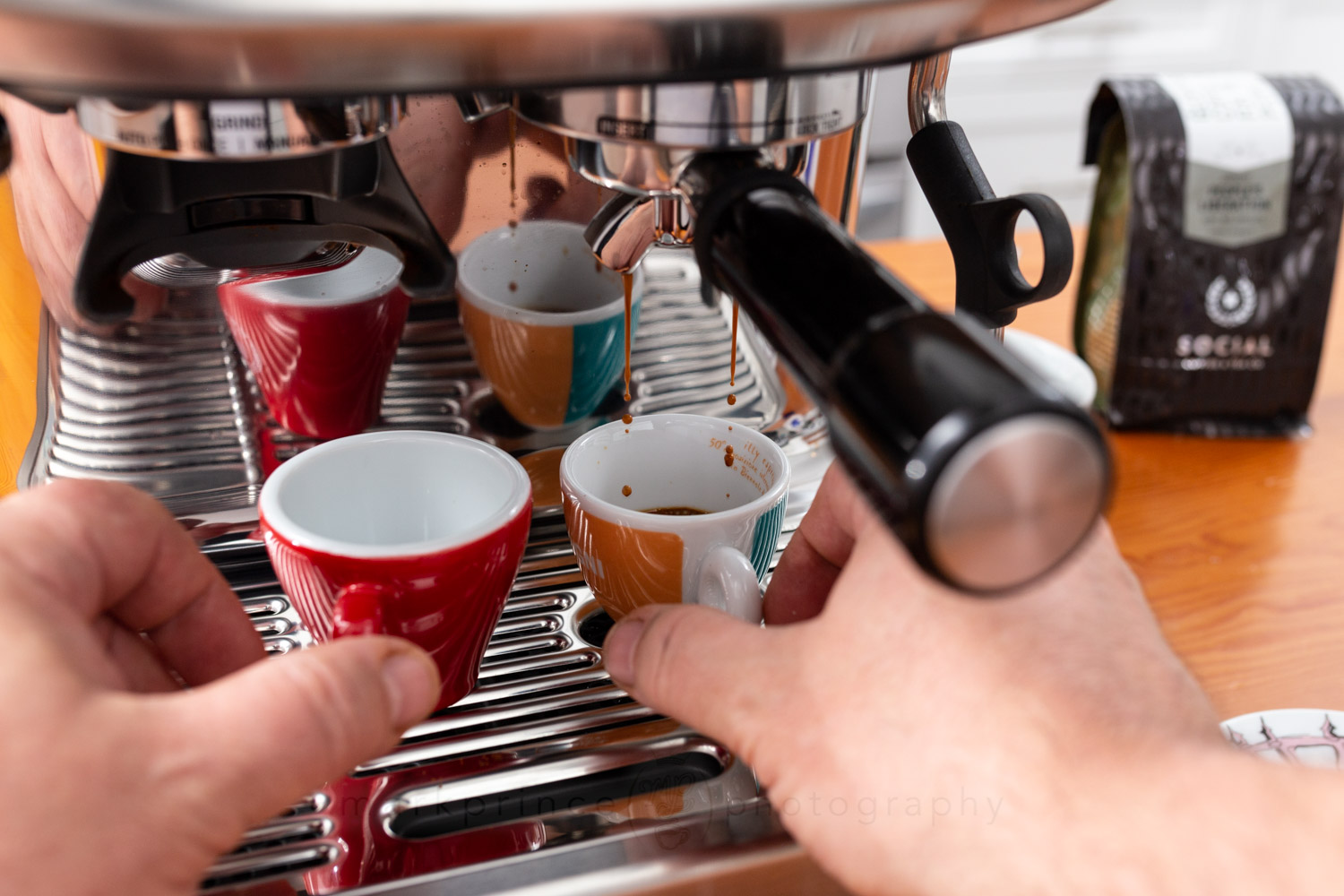
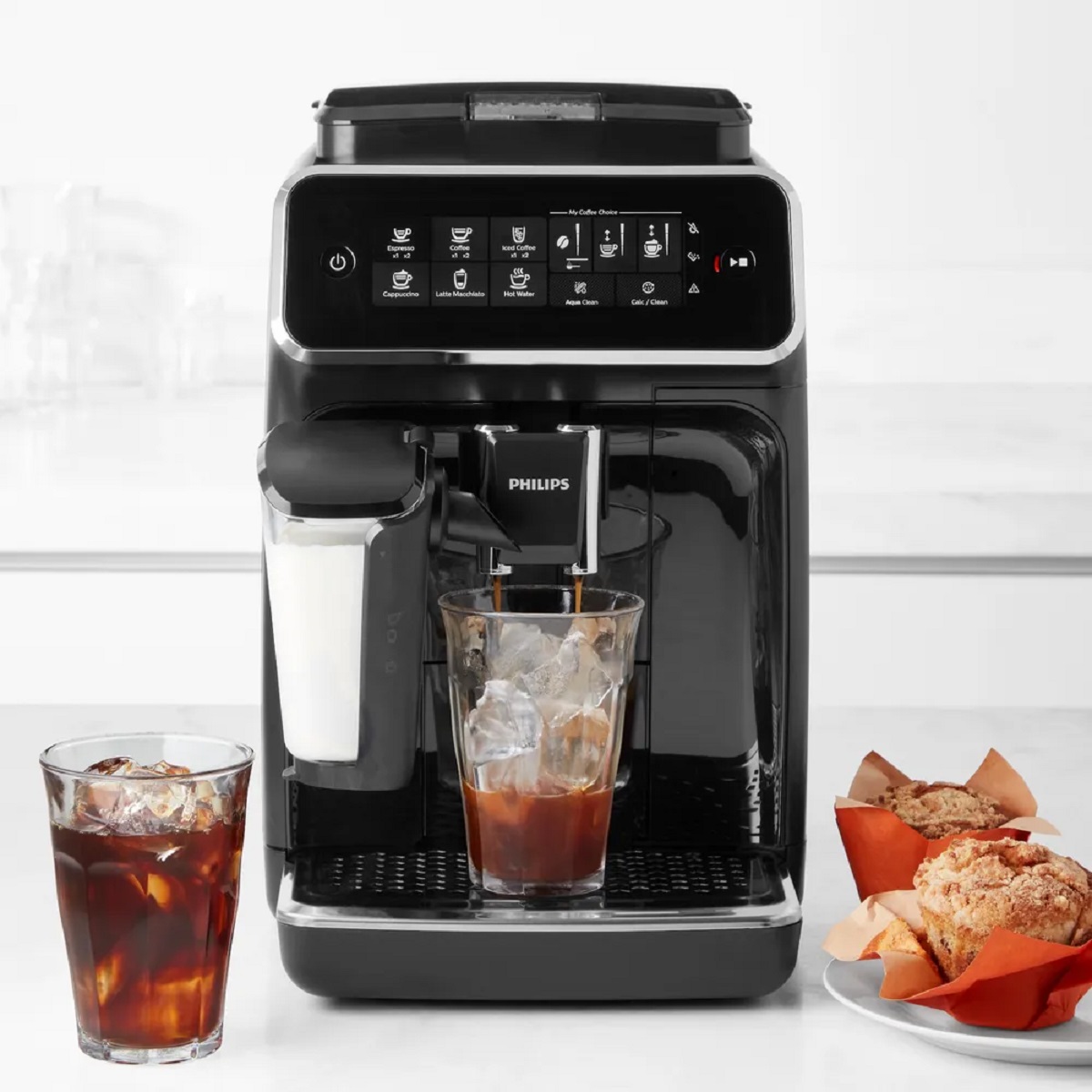
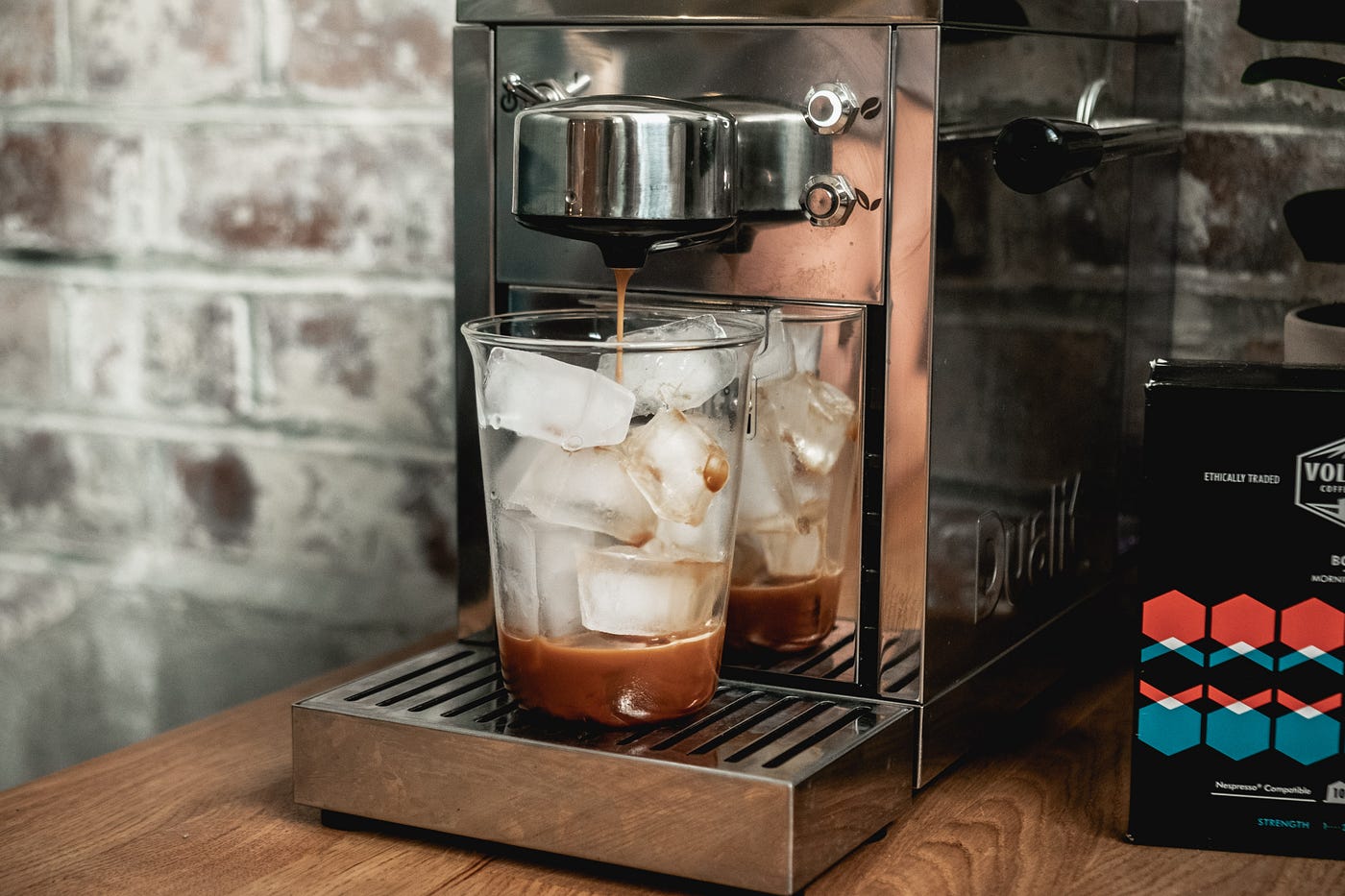
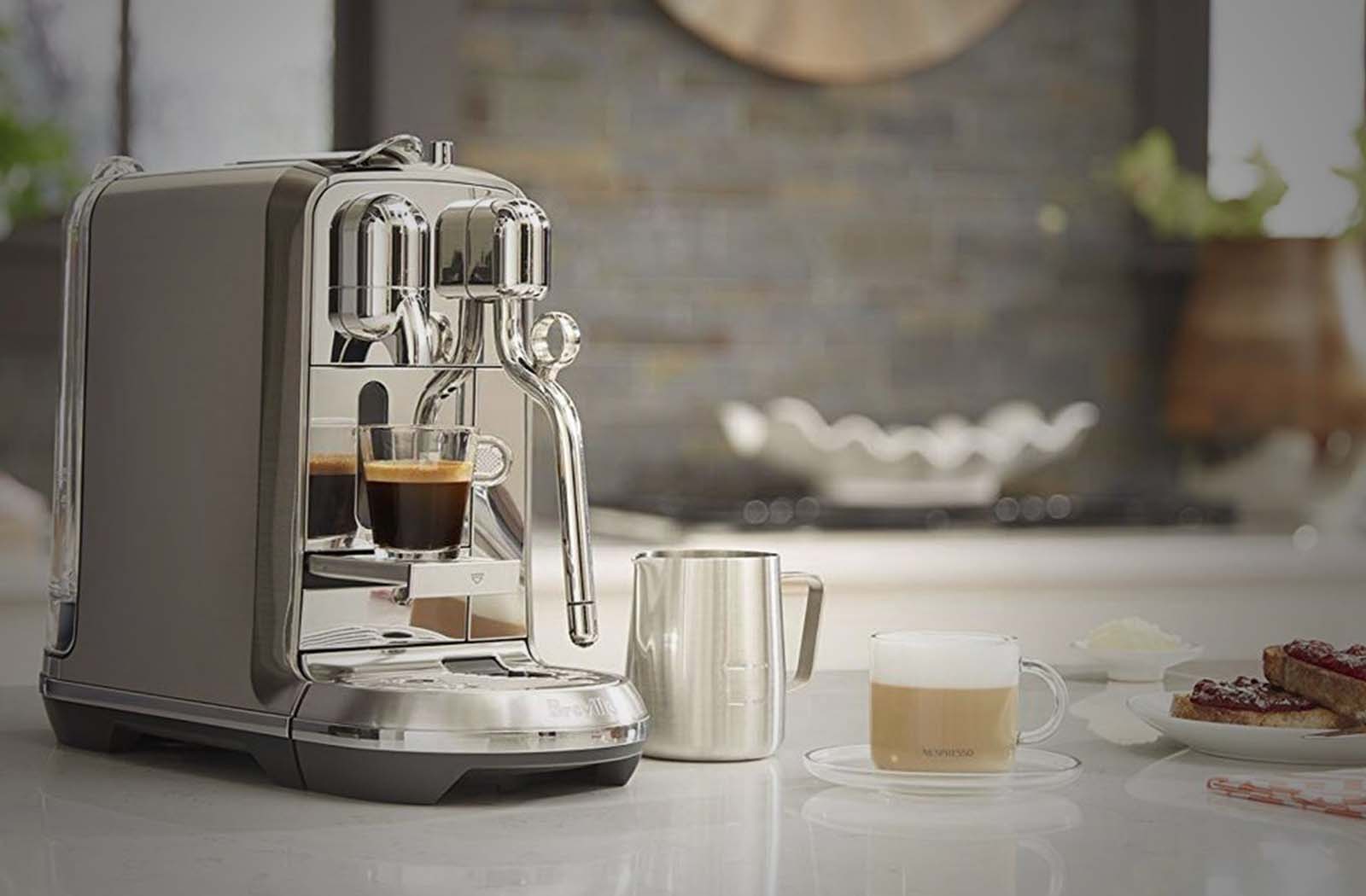
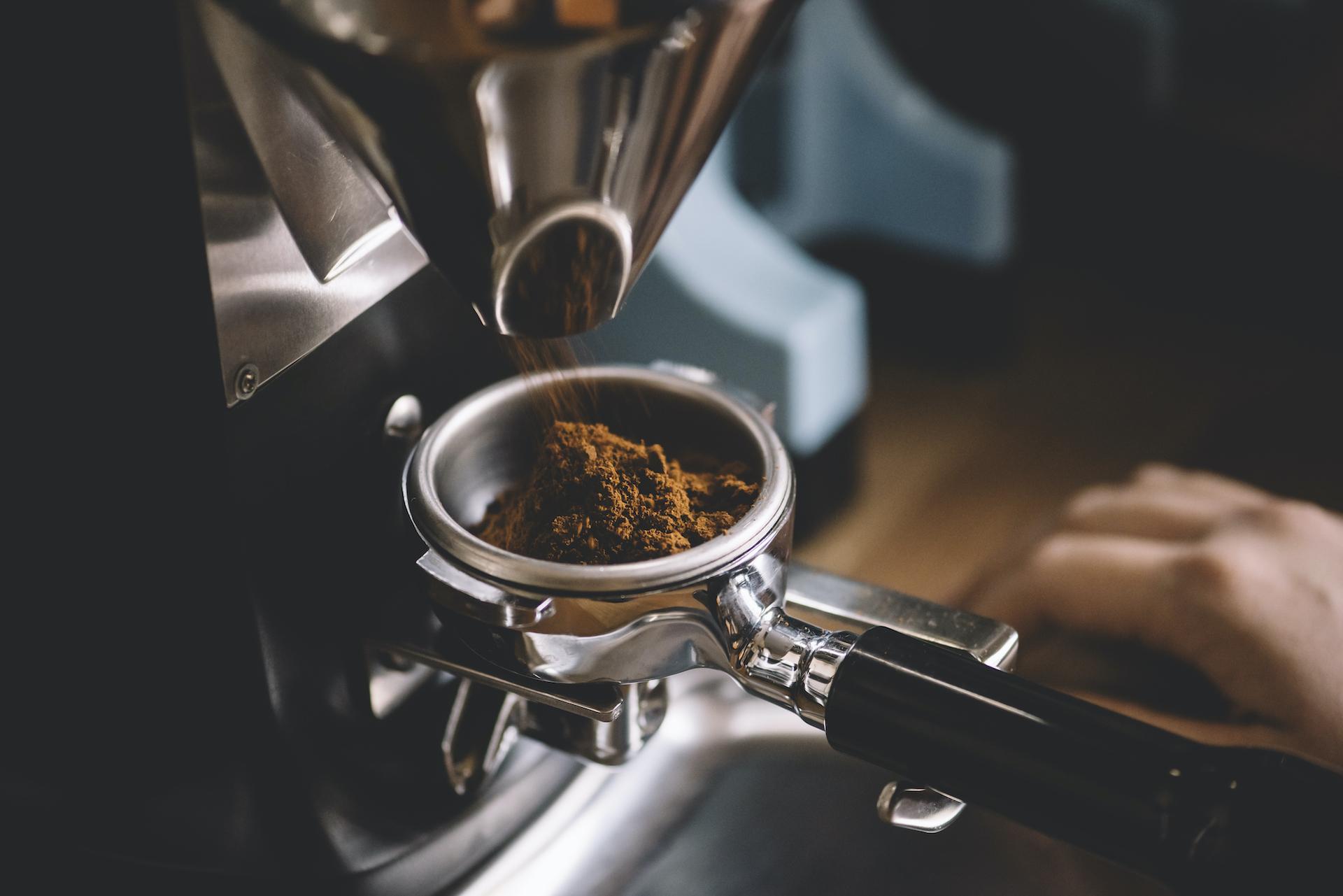
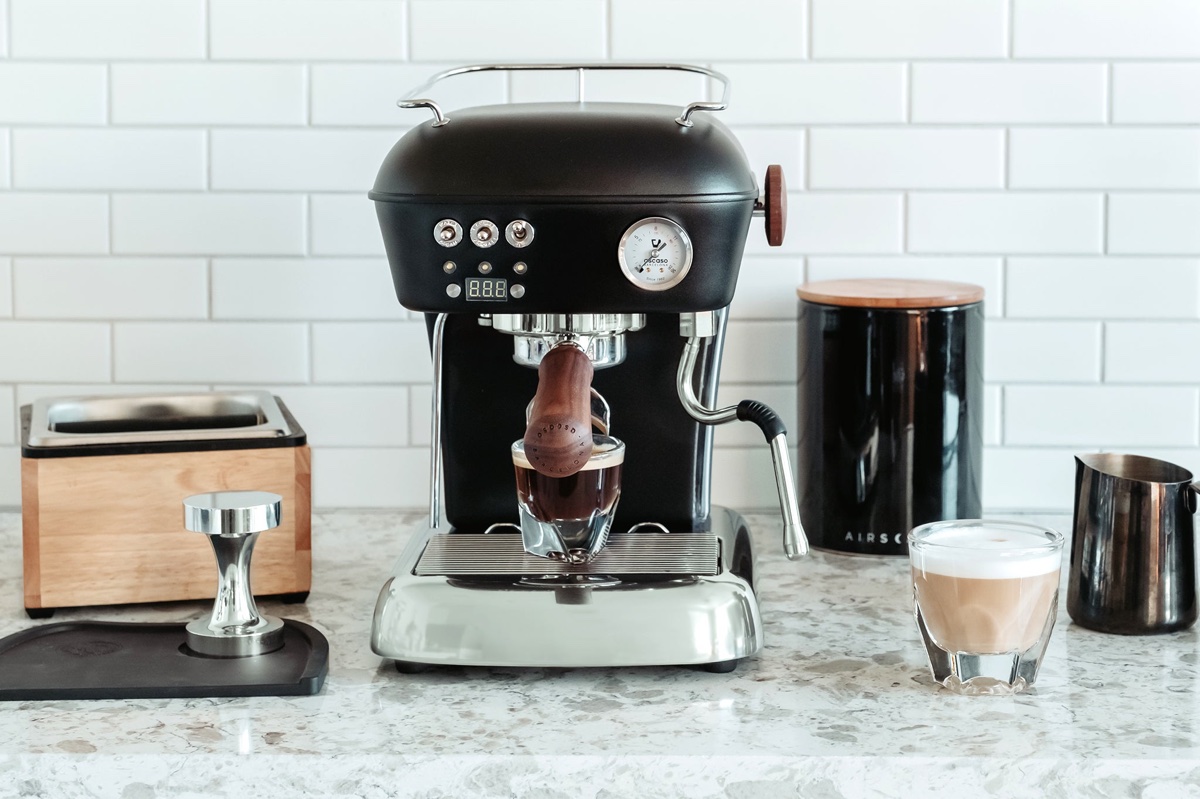
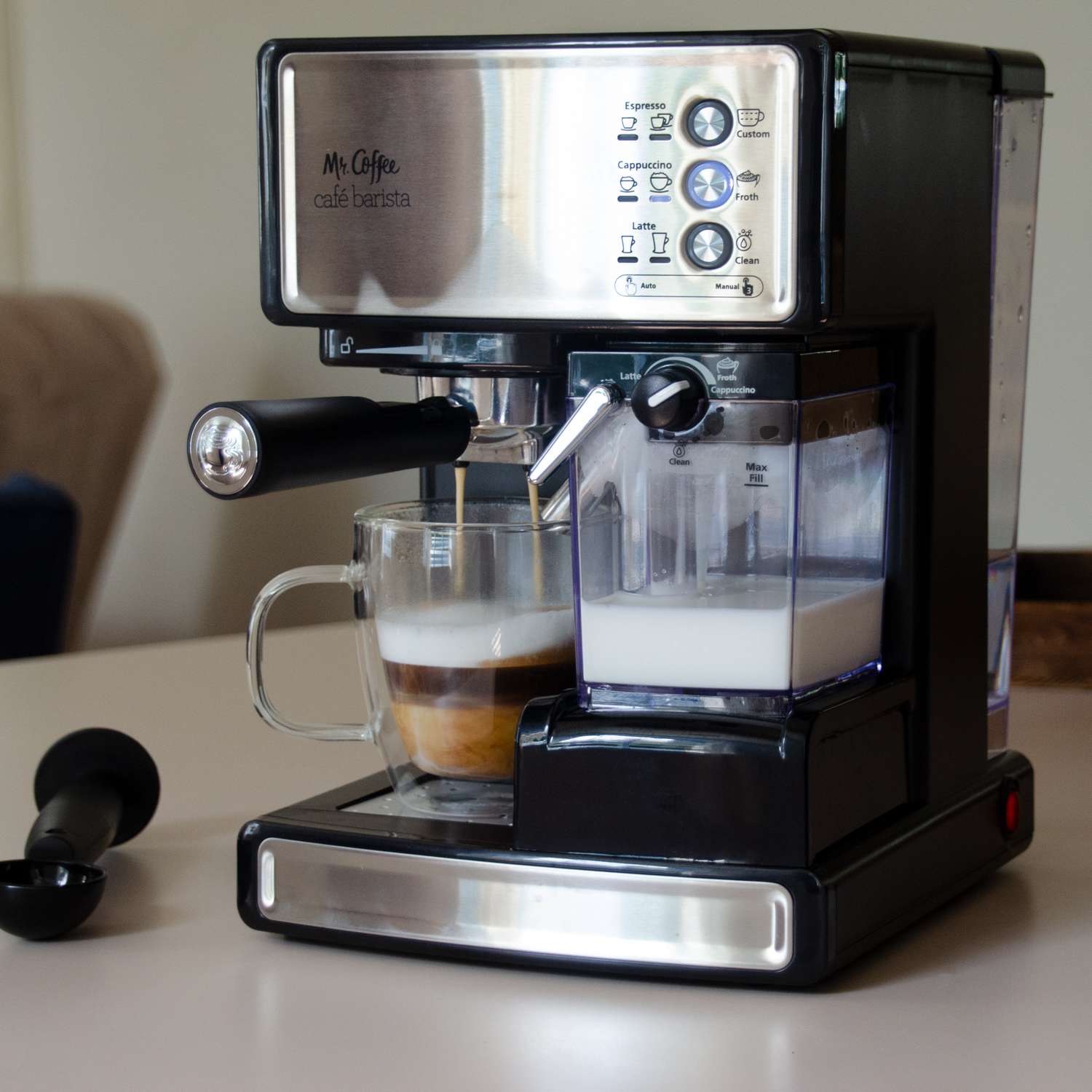
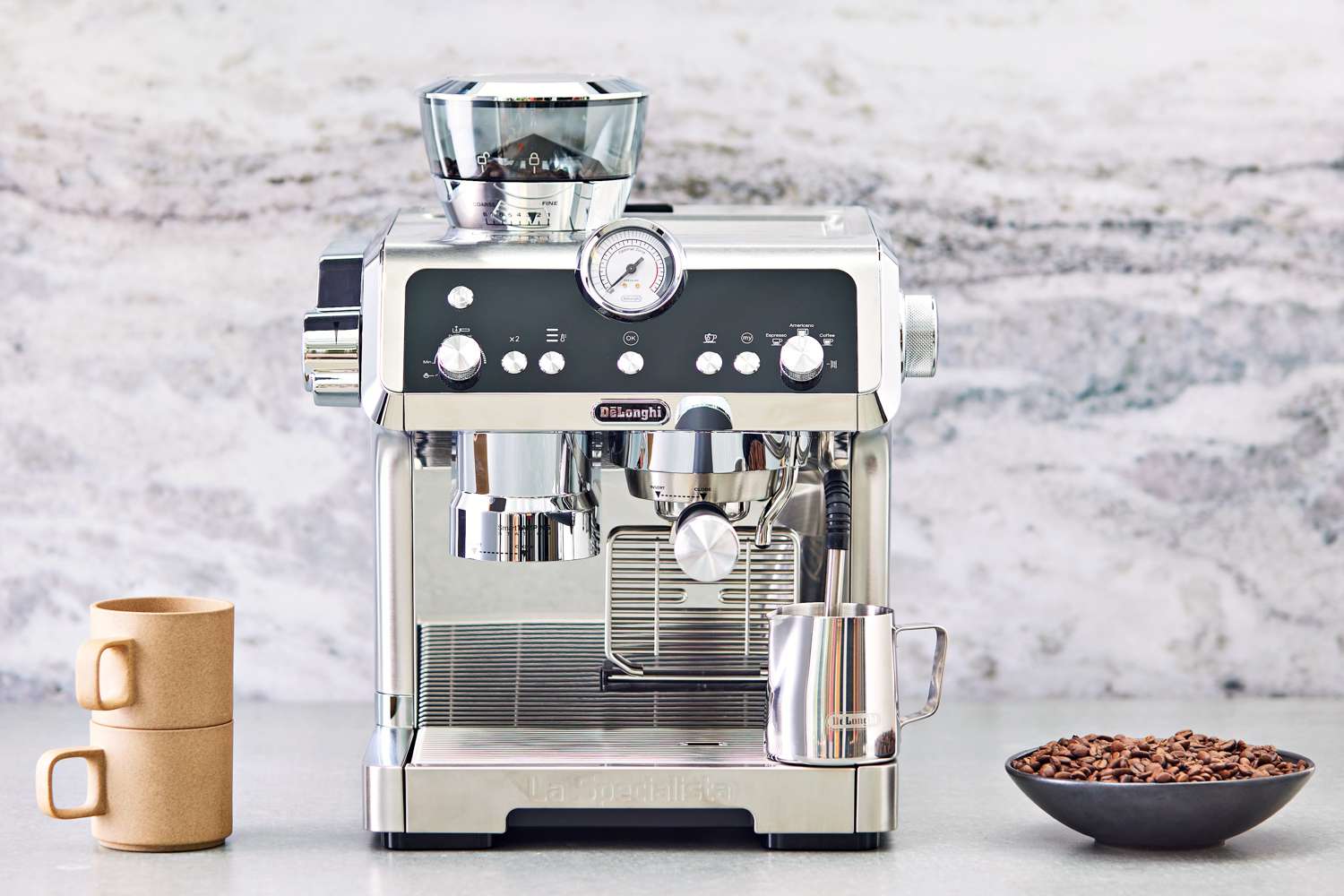
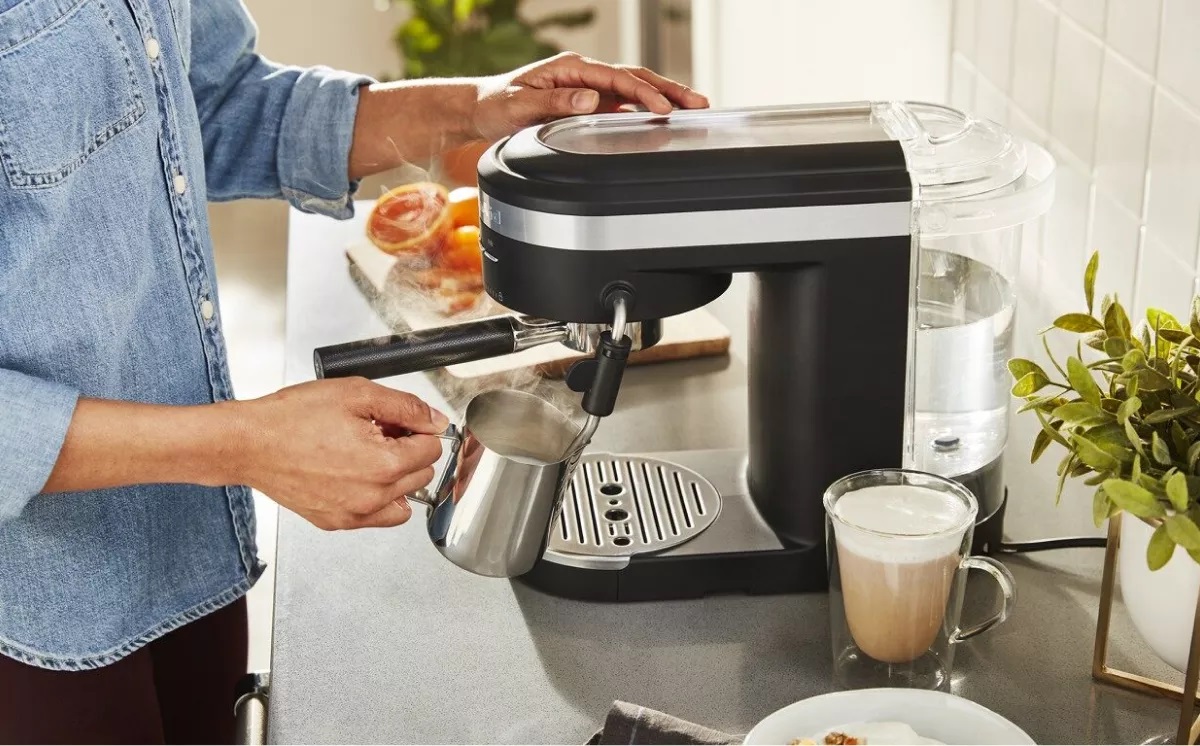
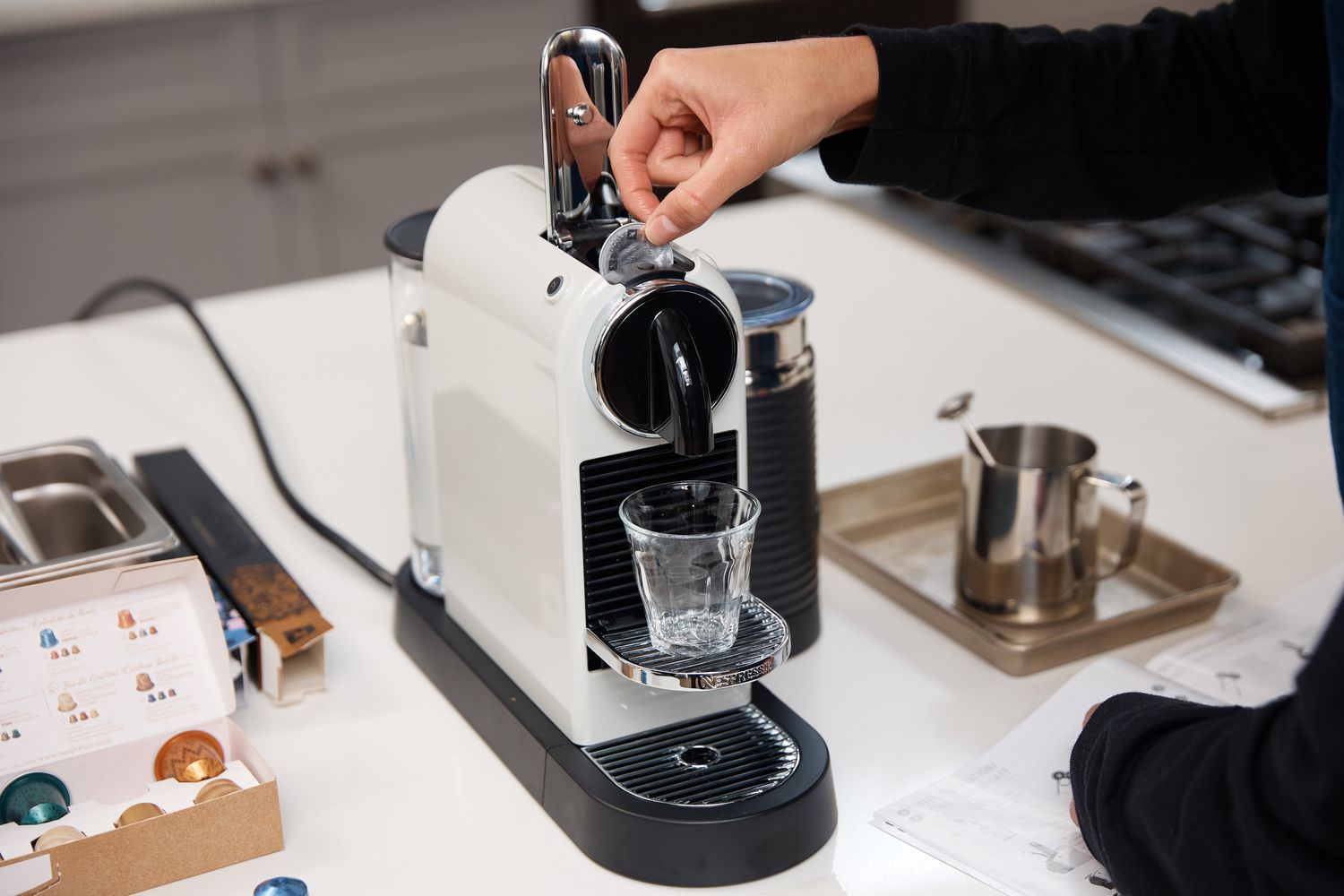
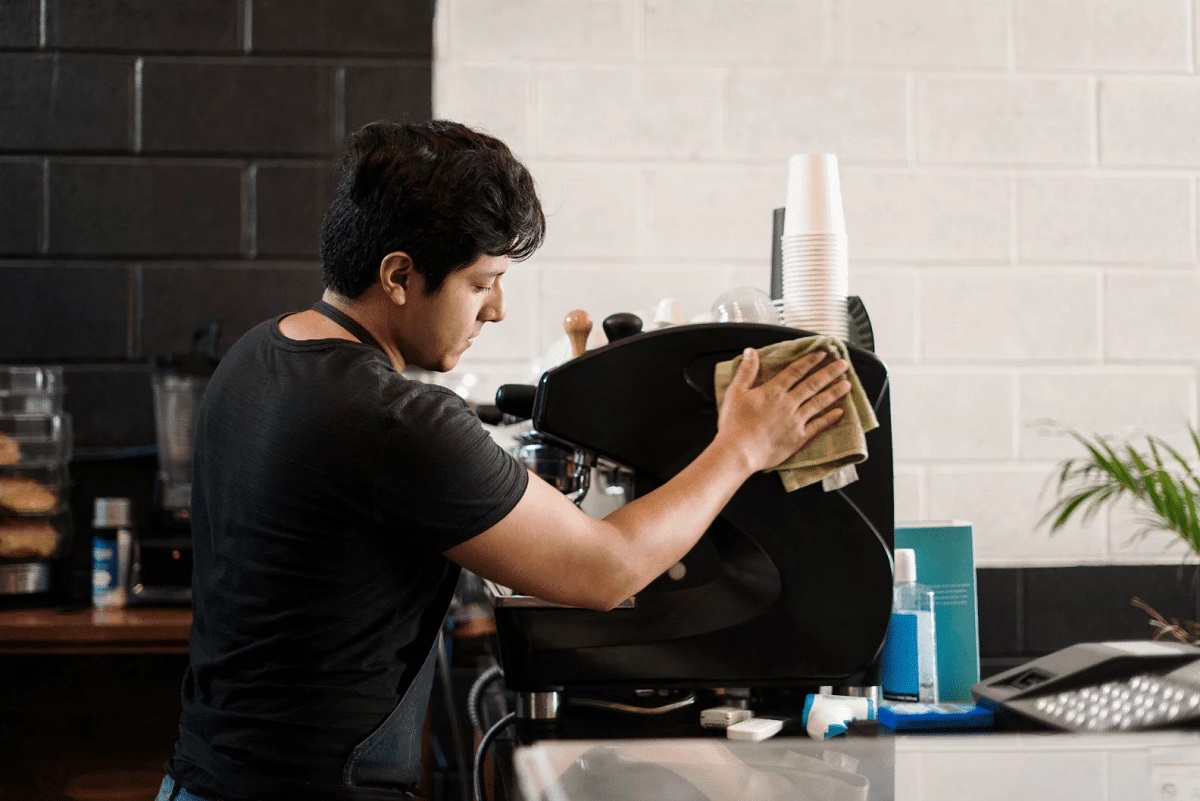
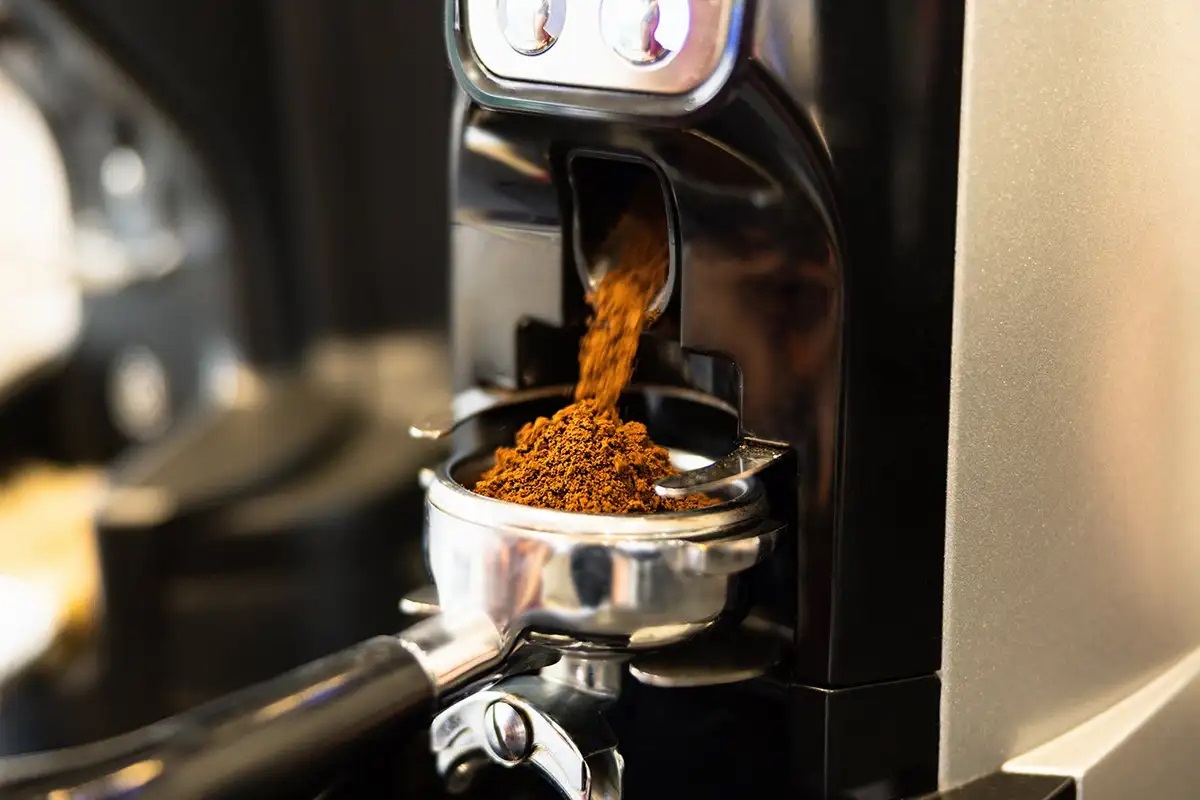
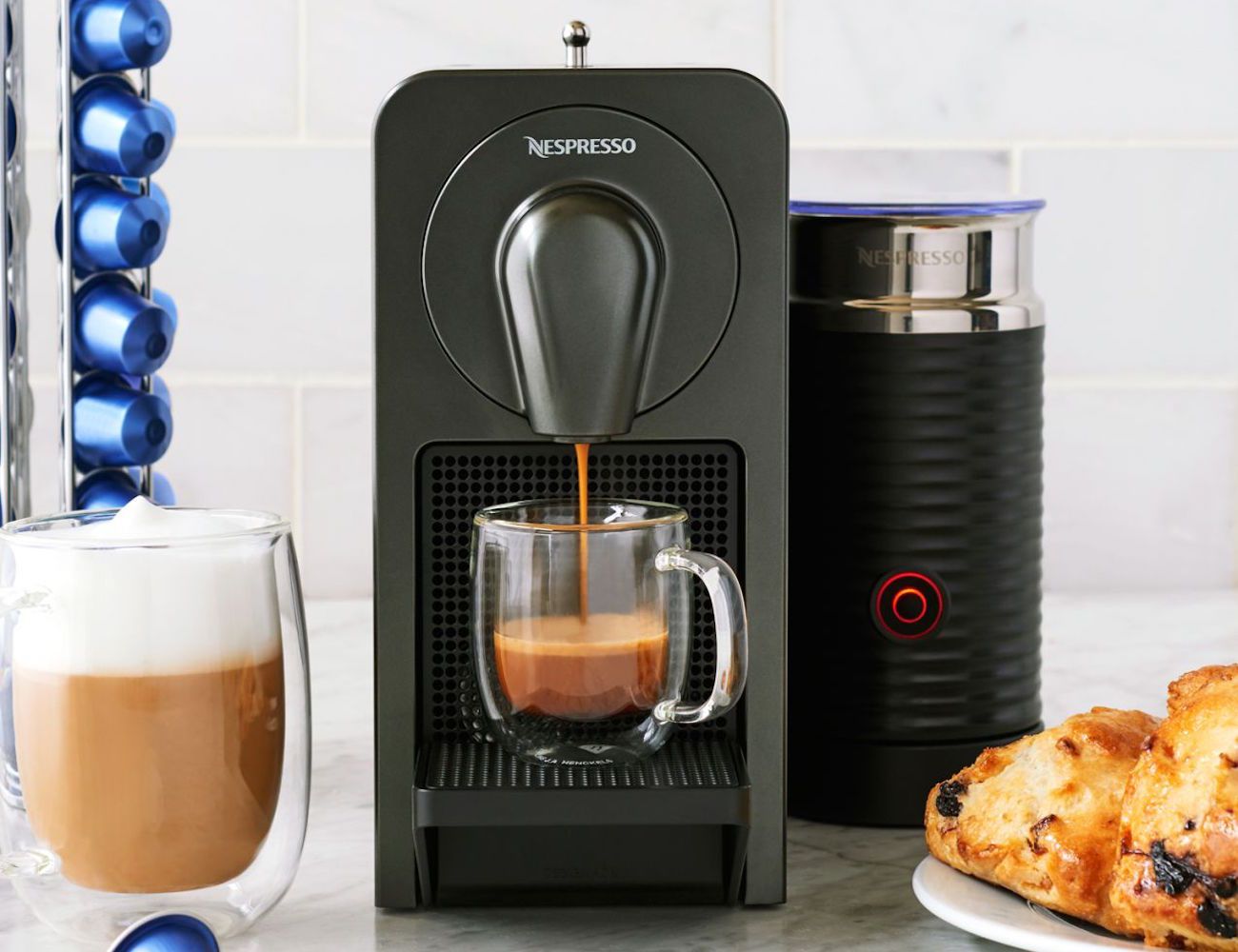
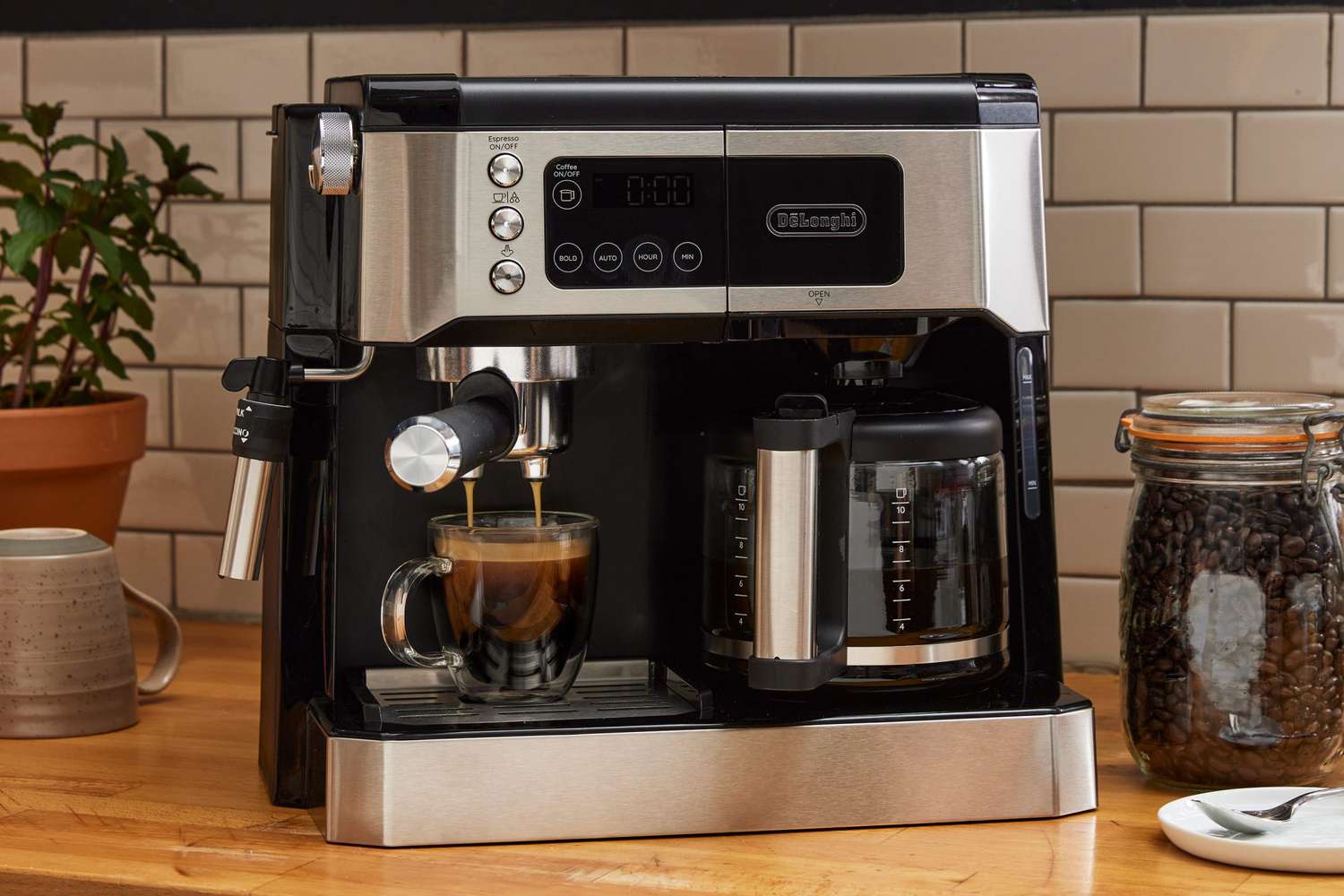

0 thoughts on “How To Make Espresso In Coffee Machine”